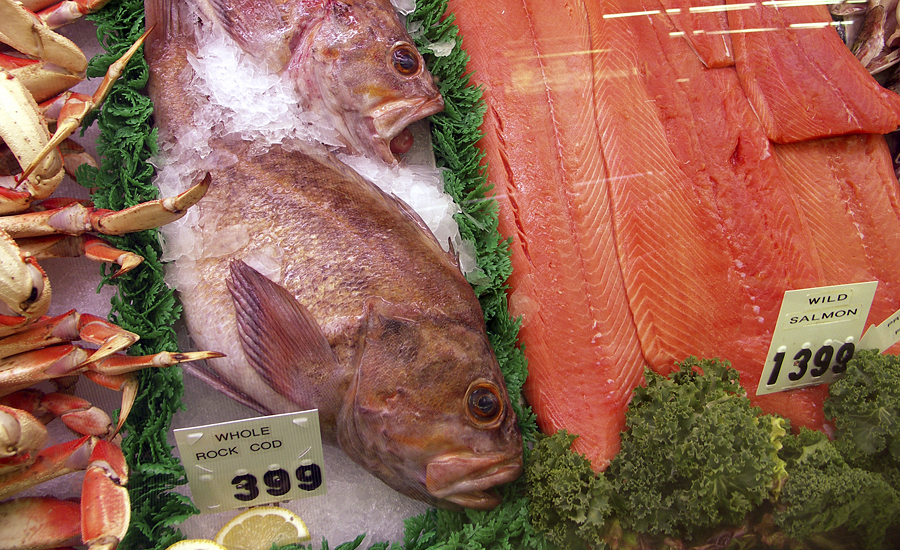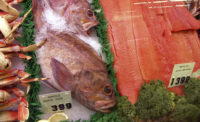The global aquaculture market is expected to be valued at $202.96 billion by 2020, according to Million Insights, Fenton, Calif. This may be primarily attributed to the growing seafood consumption paired with rising economic importance associated with fisheries.
Aquaculture is defined as the cultivation of fresh, marine and brackish water species such as oysters, fish and shrimp under guided climatic conditions, including varied activities such as shrimp farming, oyster farming, and fish farming. The aquaculture market is anticipated to surpass the capture fisheries market as the primary source for seafood consumption.
The depleting volume of captured fish in the global reserves due to extensive fishing in the past 2-3 decades is considered to be one of the major driving factors for industry growth. In addition, growing consumer concerns associated with the consumption of fish and other fish products followed by a surge in consumption of fish is expected to spur product demand over the next few years. Escalating demand for seafood owing to rising population coupled with increasing buyer purchasing power is anticipated to catapult growth. Growing belief of fish being a heart-healthy form of the protein is also expected to drive product demand significantly.
However, lack of technological development and adverse environmental conditions are anticipated to hamper growth. The market being pregnable to the unfavorable climatic condition has led to the outbreak of several diseases. Additionally, unsustainable development may damage the already stressed coastal areas. The aforementioned factors may hinder production and the overall industry growth over the next seven years.
The industry can be segmented on the basis of culture environment and product. On the basis of culture environment, the market can be segmented into brackish water, fresh water and marine water. Based on product, the market can be segmented into sea bass, mackerel, milkfish, crustaceans, carps, sea bream, trout, salmon, mollusks, catfish and turbot. Fresh water may emerge as the fastest growing culture environment segment. Factors such as simulation of the culture environment in enclosed areas, including concrete raceways, cages and ponds are likely to contribute toward industry growth. Marine water is expected to witness significant growth, owing to the increasing consumer demand for fishes breed in sea water.
Carps are expected to emerge as the fastest growing fish species and may account for the largest share over the forecast period. Further, mollusks such as clams and mussels being an important food source, are expected to witness substantial growth over the next few years. This may be primarily attributed to escalating demand for mollusks, owing to increasing consumer awareness pertaining to the health benefits associated with the consumption of mollusks. The increasing use of mollusks in poly culture is intensified by the factor that its presence in water bodies and tanks helps in maintaining a good quality of water by filtering contaminants, sediments and nutrition.
The industry is also anticipated to witness significant demand for products such as crustacean, salmon, sea bass and sea bream. Crustacean is expected to witness high demand in nutritional seafood segment owing to its high-protein content.
China is expected to account for the largest market share in the global aquaculture market owing to induced conditions, easy availability of natural resources and cheap labor. Asia Pacific region, excluding China, may grow at a healthy pace owing to technological innovations and perfect climatic condition.






